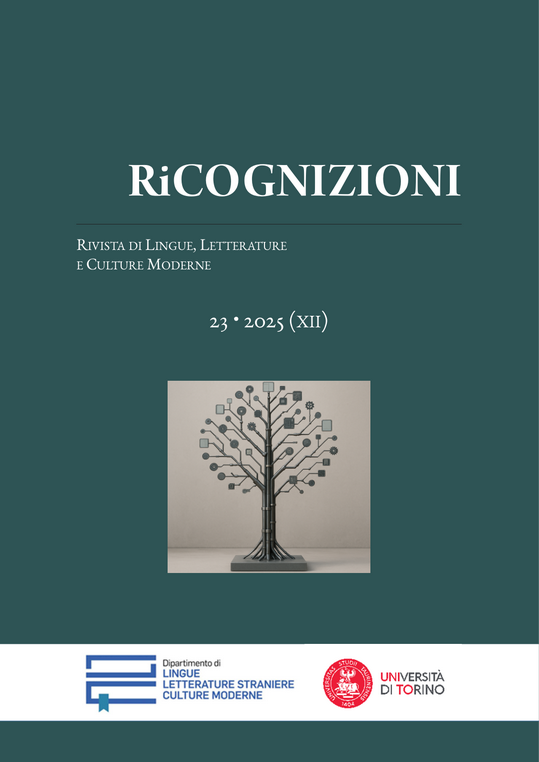Technology and Creativity in Language Invention
A Study on the Use of Automated Tools by Ideolinguists
DOI:
https://doi.org/10.13135/2384-8987/11506Keywords:
Constructed languages, Conlangs, Language generation, ConlangersAbstract
The invention of languages, a complex practice, has been extensively described and analyzed from the perspective of linguistic methodologies implemented, such as those proposed by Rosenfelder (2010) and Peterson (2015). However, a less explored aspect concerns the use of automated tools by ideolinguists in their creative process. Our research focuses on this intersection between technology and linguistic creativity. Through a survey (Nomblot & Thomas, 2023) directed at language creators (both amateur and professional), to which 84 people responded, we explored the profiles of ideolinguists (gender, age, motivations for inventing languages, and time dedicated to their creation) and their language invention techniques (the steps they follow, their methods for creating sounds, grammars, and lexicons, as well as their desire for alignment between the language and the people using it, and whether or not they aim for their language to appear realistic).We also explored the habits and preferences of ideolinguists regarding the use of automated tools in the creation process. The results reveal a partial adoption of these technologies, with about 40% of respondents using computer tools. Among these tools, word generators emerge as the most popular (e.g., Awkwords), followed by full language generators (such as Vulgarlang) and name generators for characters and places (like Fantasy Name Generator). Our presentation will explore the underlying reasons for the use or non-use of these tools among ideolinguists. We will examine factors of satisfaction and dissatisfaction related to these technologies, as well as the needs expressed by users for new tools. This analysis aims to shed light on current dynamics in the field of constructed languages and to propose directions for the future development of tools better suited to the expectations of language creators.
Downloads
Published
How to Cite
Issue
Section
License
RiCognizioni is published under a Creative Commons Attribution 4.0 International License.
With the licence CC-BY, authors retain the copyright, allowing anyone to download, reuse, re-print, modify, distribute and/or copy their contribution. The work must be properly attributed to its author.
It is not necessary to ask further permissions both to author or journal board.








